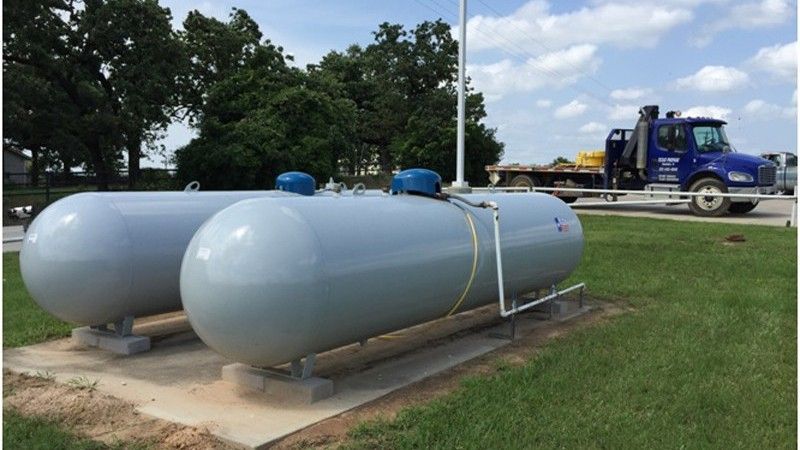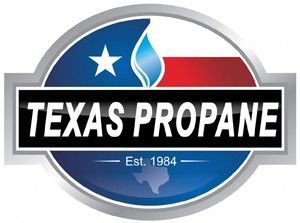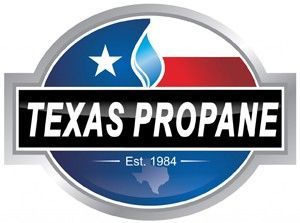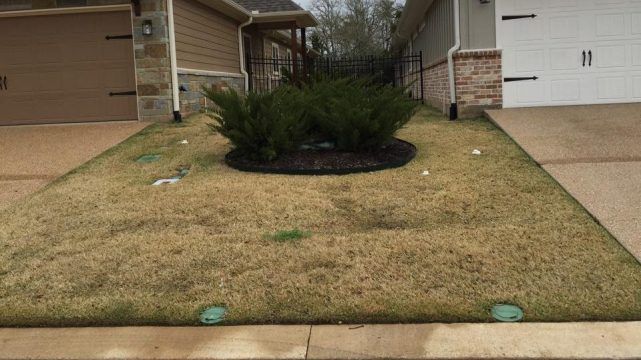Propane Delivery Questions – Common Questions About Bulk LP Gas Delivery

While propane delivery seems simple, propane customers sometimes have questions surrounding the delivery process. These questions are commonly asked of propane dealers and have common explanations involving laws, LP Gas requirements and physics.
How Did My Tank Percentage Fall So Quickly?
This question is frequently asked during the period immediately following the delivery, or sometimes several days later. Whether the propane tank is being filled partially or completely, the bleeder valve is always used during the delivery process. It is normal for the delivery driver to write the ending percentage on the fuel ticket after the delivery which is often 80 percent, if the tank has been filled. Even if the face gauge reads 75 percent following delivery, the tank is at 80 percent because the bleeder valve indicates the actual propane liquid level (above 80 percent) in the tank, not the face (dial) gauge.
Another case that might seem confusing to propane customers involves tank volume following a propane delivery in the afternoon, which is commonly the hotter part of the day. When propane deliveries are made during the hotter parts of the day, the gas has already expanded before it is delivered into the tank and the gauge may read 80 percent following a fill. A significant percentage drop (up to 5 percent) may be shown if inspecting the tank gauge the following morning, even if no gas has been used. This doesn’t necessarily mean there is a leak. More likely than not, the volume of the liquid propane in the tank has contracted in the cooler overnight hours.
Why Are Two Hoses Used During Propane Delivery?
This is a very commonly asked propane delivery question in warmer climates like Texas. The additional hose is a vapor return hose and will be used on days when the temperature is rising quickly or is expected to be quite high. This hose is used to relieve the excess pressure from the tank being delivered into. Keep in mind that as the volume in the tank increases, the pressure is also rising. As a precaution, the vapor return hose is connected to prevent an over-pressure condition which could result in the release of propane through the safety relief valve. A common misconception is that the second hose is being used counteractively to the fill hose. The vapor return hose does not recover liquid propane from your tank during the filling process. It only recovers excess pressure.
Why is Propane Spewing Out of My Tank During Delivery?
During propane delivery, the fixed liquid level gauge, also known as a bleeder valve, is opened as required by law. The driver is not inadvertently letting gas out of the tank. This valve accurately indicates the level of liquid in the propane tank and lets the delivery driver know when to stop the filling process.
For more information on propane delivery, don’t hesitate to contact us here at Texas Propane with the link below!
Tips & Info
Fired up to learn more?
Read on to learn about how you can benefit from using propane.










